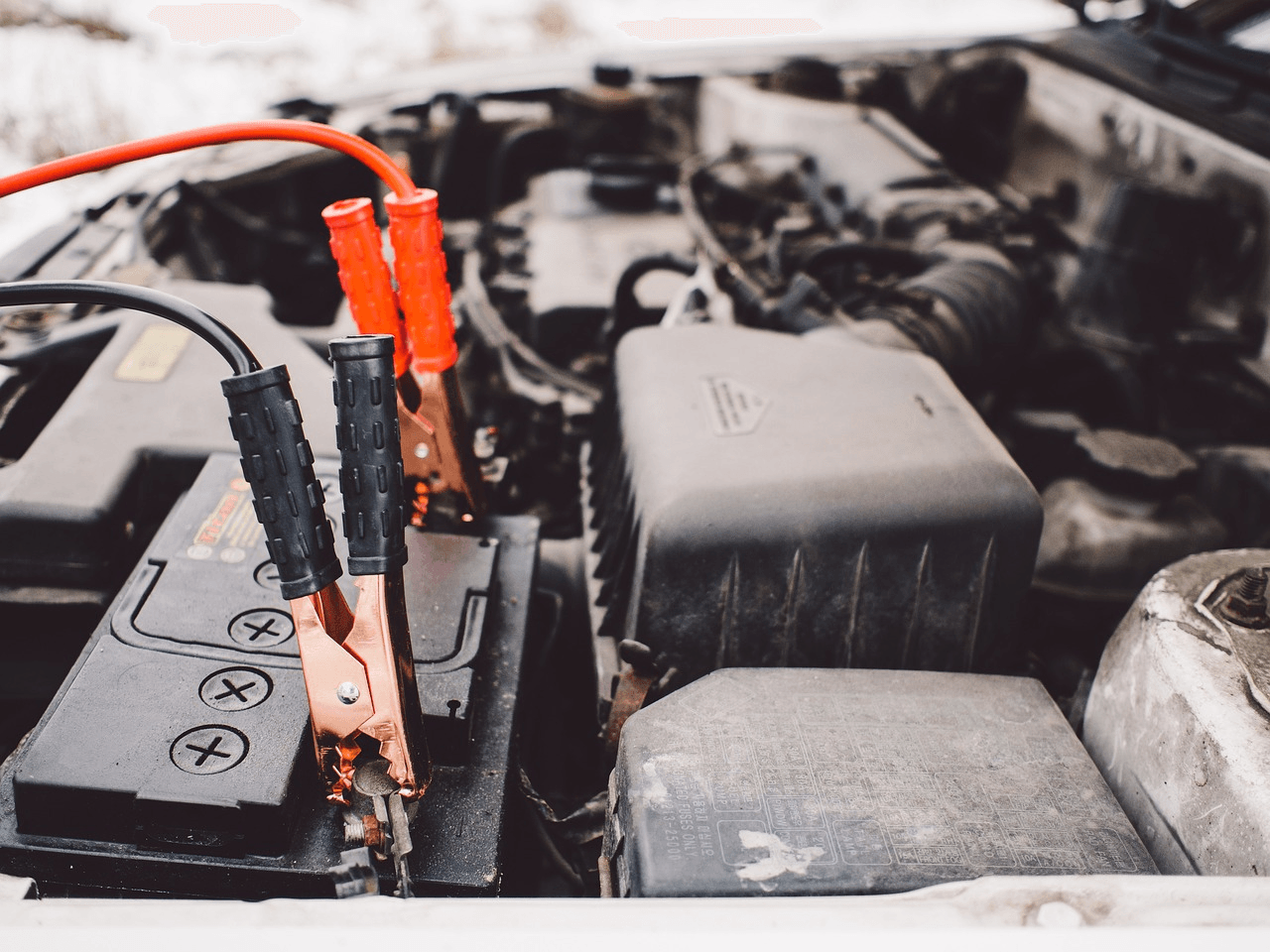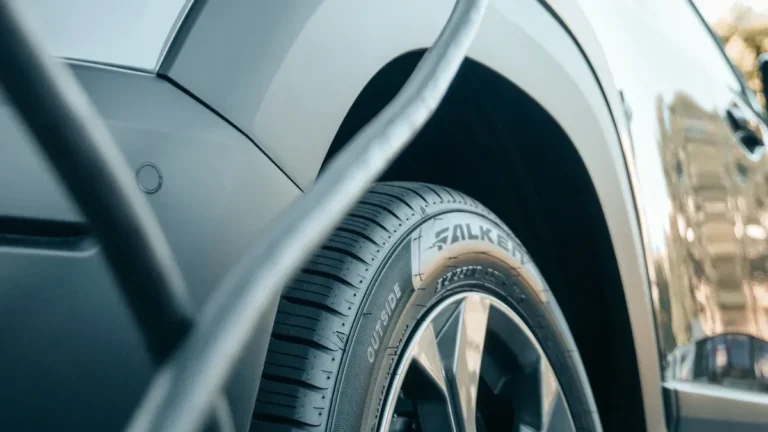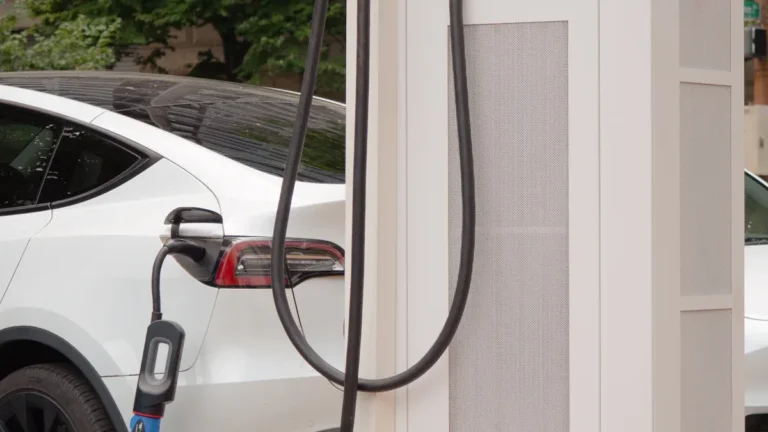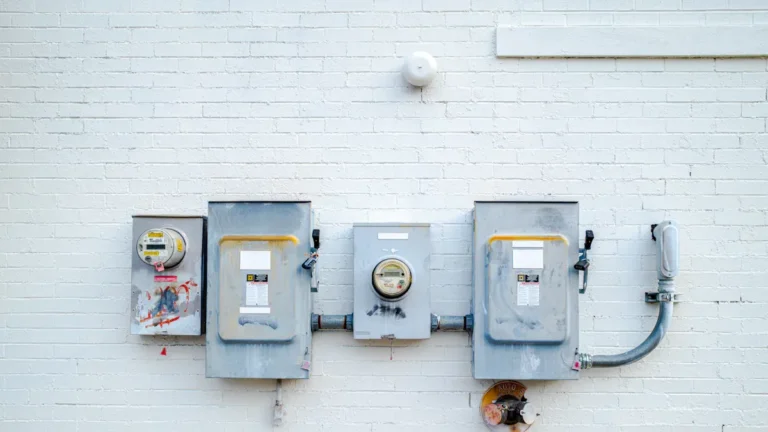Introduction
“The battery remains the single most expensive component in an EV,” notes Sam Abuelsamid, principal analyst at Guidehouse Insights, “and it’s the key determinant of both performance and price.”
What are the different types of EV batteries?
Three main types of batteries dominate today’s EV market: Lithium Iron Phosphate (LFP), Nickel Manganese Cobalt (NMC), and Nickel Cobalt Aluminum (NCA) batteries. According to the IEA’s 2024 report, LFP and NMC batteries together account for over 90% of the global EV battery market.
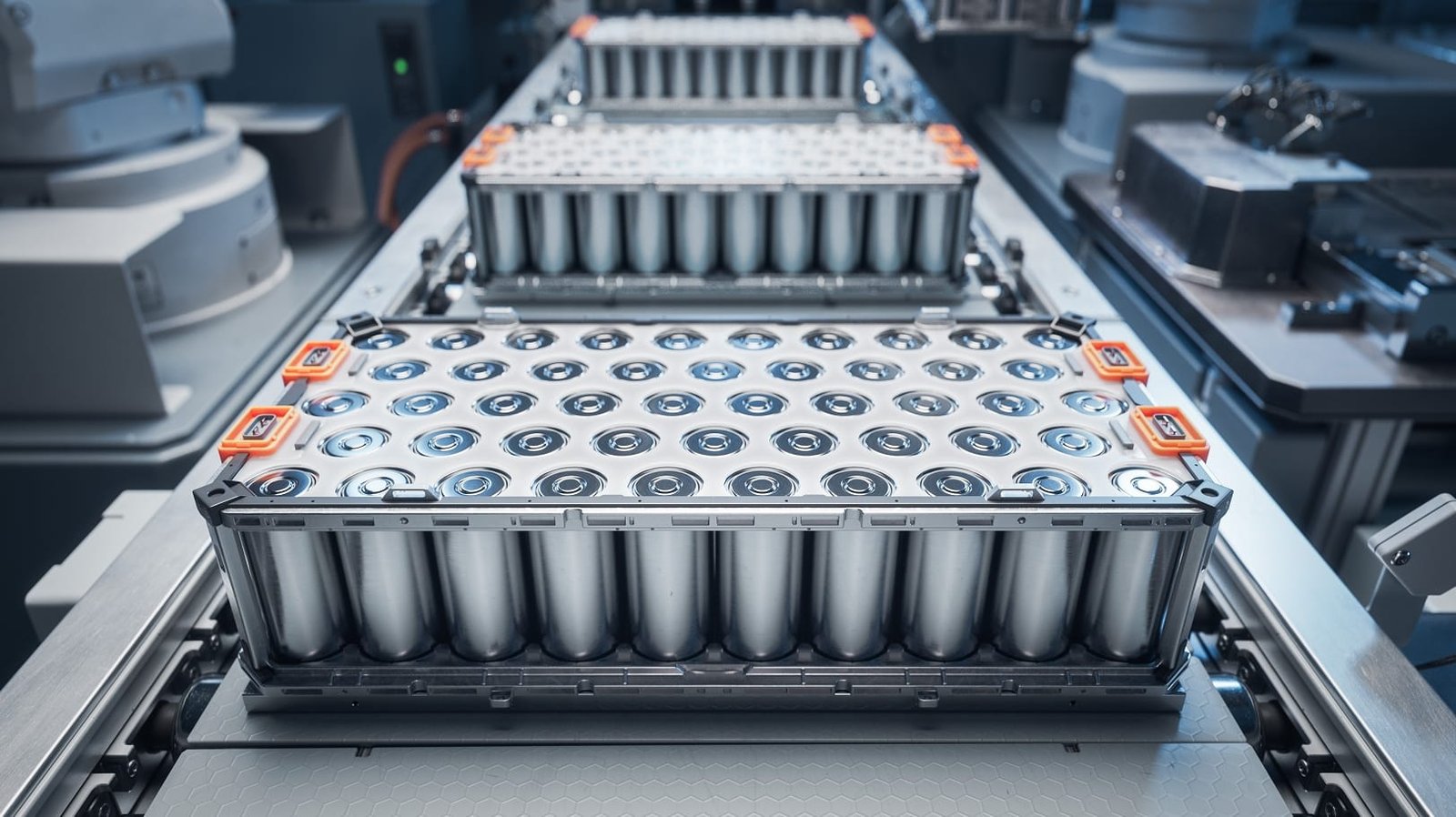
Lithium Iron Phosphate (LFP) Batteries
Lithium Iron Phosphate (LFP) batteries are revolutionizing the global EV battery market. According to SNE Research’s latest data, CATL, the world’s largest battery manufacturer, has reached a 37.1% market share as of July 2024, up 1.6 percentage points year-over-year, with LFP batteries being their primary product.
Key Characteristics
LFP batteries utilize lithium iron phosphate cathode material and graphite anode material. According to Bloomberg NEF’s latest report, this chemistry offers the following specifications:
- Operating voltage: 3.2V
- Energy density: 90-160Wh/kg
- Cycle life: 3,000-6,000 cycles
- Cost efficiency: Average price in China dropped to $53/kWh in 2024, a 51% decrease from previous year
Advantages and Disadvantages
Advantages:
- Superior safety performance: Research published in Nature Communications confirms excellent thermal stability
- Extended service life: Real-world data demonstrates 8-10 years of operational life
- Significant cost advantages: Bloomberg reports LFP battery prices have dropped to $53/kWh as of July 2024
- Environmental sustainability: Cobalt-free composition aligns with sustainability goals
Disadvantages:
- Lower energy density: Typically 15-20% lower than NMC batteries
- Higher weight: Approximately 20% heavier for equivalent capacity
- Temperature sensitivity: Notable performance degradation below -20°C
Common Applications & Market Success Stories
- Tesla Model 3/Y Standard Range: 15% cost reduction after switching to LFP batteries
- BYD Blade Battery: Innovative design improving space utilization by 20%
- Commercial vehicles: SNE Research reports 30% year-over-year growth in commercial vehicle LFP battery installations for H1 2024
Market Share and Trends
Bloomberg NEF’s latest data reveals:
- Global LFP battery market expected to reach $141.6 billion in 2024
- Chinese market LFP battery prices hit historic low at $53/kWh
- Global LFP battery installations projected to reach 300GWh by 2025
Expert Insights
- GM’s Battery Technology Director recently stated in Automotive News: “North America is positioned to overtake China in EV leadership through localized LFP battery production.”
- Technical experts at Integral Power note in Mining.com: “Next-generation LMFP technology could increase EV range by 20%.”

Nickel Manganese Cobalt (NMC) Batteries
Nickel Manganese Cobalt (NMC) batteries remain a dominant technology choice for premium electric vehicles, holding a significant position in the global EV market. According to the International Energy Agency’s latest report, NMC batteries maintain approximately 55% market share in the global EV battery sector as of H1 2024.
Key Characteristics
Based on Bloomberg NEF’s latest research, NMC batteries offer the following specifications:
- Operating voltage: 3.6-3.7V
- Energy density: 200-350Wh/kg
- Cycle life: 1,000-2,000 cycles
- Cost: Global average of $85/kWh in 2024
Advantages and Disadvantages
Advantages:
- High energy density: Nature Energy’s recent study confirms 30-40% higher than LFP
- Superior power performance: Ideal for fast charging applications
- Good high-temperature stability: Stable performance below 45°C
- Mature supply chain: Global capacity exceeding 500GWh
Disadvantages:
- Higher costs: Raw materials account for 60% of total costs
- Cobalt dependency: Supply chain geopolitical risks
- Relatively lower safety profile: Higher thermal runaway risk compared to LFP
- Shorter cycle life: Generally lower than LFP batteries
Market Applications
Premium EV Applications:
- Porsche Taycan: Employs 800V high-voltage NMC battery system
- Tesla Model S/X: Long-range versions utilize high-nickel NMC batteries
- BMW i Series: Implements fifth-generation NMC battery technology
Market Trends and Future Development
According to latest market research:
- S&P Global Market Intelligence forecasts NMC market share to decrease to 42% by 2030
- Bloomberg NEF reports high-nickel 811 (80% nickel, 10% cobalt, 10% manganese) becoming mainstream
- Global NMC battery capacity expected to reach 850GWh by 2025
Expert Insights:
- GM’s Battery Technology VP Kurt Kelty recently stated in GM Authority: “The hybrid use of NMC and LFP is the future trend.”
- Bloomberg NEF analysts note in their latest report: “With falling raw material prices, NMC batteries will further strengthen their advantage in the premium market.”

Nickel Cobalt Aluminum (NCA) Batteries
Nickel Cobalt Aluminum (NCA) batteries, pioneered by Panasonic and Tesla, continue to play a crucial role in the premium EV segment. According to MarketsandMarkets’ 2024 report, the NCA battery market is projected to reach $30.59 billion by 2031, growing at a CAGR of 6.41% from 2024.
Key Characteristics
Based on Benchmark Mineral Intelligence data:
- Energy Density: 260-300 Wh/kg
- Cycle Life: 1,000-1,500 cycles at 80% DoD
- Cost: $89-95/kWh (2024 average)
- Operating Voltage: 3.6V
Advantages and Disadvantages
Advantages:
- Highest energy density among commercial lithium-ion batteries
- Lower cobalt content (≤10%) compared to traditional NMC
- Superior fast-charging capability
- Excellent power delivery for performance applications
Disadvantages:
- Higher production costs: 15-20% premium over LFP
- More complex thermal management requirements
- Limited suppliers (primarily Panasonic and Samsung SDI)
- Shorter cycle life compared to LFP batteries
Common Applications
- Tesla Models: Primary battery choice for US-made vehicles
- Premium EVs requiring maximum range and performance
- High-end energy storage systems
- Performance-oriented electric vehicles
Market Share and Trends
Current Market Position:
- Global market share: 15% of EV battery market (IEA 2024)
- Major manufacturers: Panasonic (50GWh) and Samsung SDI (30GWh)
- Key Development: Panasonic’s new 4680 cells featuring improved NCA chemistry
- Future Projection: DOE forecasts energy density increase to 350 Wh/kg by 2025

EV battery, image source: pixabay
Comparison of Battery Types
Below is a comparison of the three types of EV batteries:
Key Performance Metrics
| Characteristics | NMC | LFP | NCA |
|---|---|---|---|
| Energy Density (Wh/kg) | 200-350 | 160-200 | 260-300 |
| Cycle Life | 1,000-2,000 | 2,000-3,000 | 1,000-1,500 |
| Cost ($/kWh, 2024) | 85-90 | 65-75 | 89-95 |
| Operating Voltage | 3.6-3.7V | 3.2V | 3.6V |
Market Position and Applications
| Aspects | NMC | LFP | NCA |
|---|---|---|---|
| Market Share (2024) | 55% | 30% | 15% |
| Primary Applications | Premium EVs, Performance Vehicles | Mass-market EVs, Energy Storage | High-end EVs, Tesla Models |
| Key Manufacturers | CATL, LG Energy, SK Innovation | CATL, BYD | Panasonic, Samsung SDI |
Safety and Environmental Factors
| Factors | NMC | LFP | NCA |
|---|---|---|---|
| Thermal Stability | Moderate | Excellent | Moderate |
| Raw Material Risk | High (Cobalt, Nickel) | Low | High (Nickel) |
| Environmental Impact | Moderate | Low | Moderate |
According to Bloomberg NEF’s latest analysis, while LFP batteries are gaining market share in mass-market vehicles due to their cost advantage, NMC and NCA batteries continue to dominate the premium segment where range and performance are priorities.
Recent market trends show:
- LFP: Growing adoption in entry-level EVs and energy storage
- NMC: Maintaining leadership in premium vehicle segment
- NCA: Specialized applications in high-performance EVs
Solid-State Batteries: The Future of EV Batteries
What are solid-state batteries?
Solid-state batteries represent a revolutionary advancement in lithium-ion battery technology. Unlike conventional lithium-ion batteries that use liquid electrolytes, solid-state batteries employ solid electrolytes, marking a fundamental shift in battery design and capabilities. [Source: Reuters Explainer]
Advantages over current lithium-ion batteries
- Higher energy density: Theoretical energy density reaching 400-500 Wh/kg
- Faster charging: Potential for 10-15 minute rapid charging
- Enhanced safety: No flammable liquid electrolytes, superior thermal stability
- Extended lifespan: 2-3 times longer cycle life than traditional batteries
- Broader operating temperature range: Stable operation from -20°C to 60°C
[Source: Nature]
Current development status
Recent developments show significant progress from major automotive manufacturers and technology companies:
- Toyota plans to begin mass production in 2027-2028, with prototype batteries claiming a 900-mile (approximately 1,450 km) range [Source: AJOT]
- QuantumScape has started delivering B-sample batteries to Volkswagen Group, with tests showing 95% capacity retention after 300,000 equivalent miles [Source: Electrek]
- Nissan has announced plans to launch solid-state battery vehicles by 2028 [Source: Nissan News]
Challenges to overcome
1. Technical Challenges:
- Interface stability issues
- Low-temperature performance optimization
- Manufacturing process complexity
2. Commercialization Challenges:
- High initial production costs
- Technical barriers to mass production
- Supply chain development requirements
[Source: IEEE Spectrum]
Conclusion
The EV battery landscape is at a pivotal point of rapid evolution and innovation. According to the latest market analysis, the global EV battery market is projected to reach $410 billion by 2030, driven by technological advancements and increasing EV adoption [Source: Grand View Research].
Each battery technology serves distinct market segments and user needs:
- LFP batteries dominate the mass market with their cost-effectiveness and safety advantages
- NMC batteries continue to lead in premium vehicles where performance is paramount
- Solid-state batteries show promise for revolutionary improvements in the coming decade
The continuous advancement in battery technology is addressing key consumer concerns:
- Battery costs have decreased by over 90% in the past decade
- Energy density continues to improve, extending driving ranges
- Charging times are becoming shorter with new battery chemistries
- Safety features are increasingly sophisticated
For EV buyers, understanding these battery types is crucial for making informed decisions based on individual needs and priorities. As the industry evolves, we can expect further improvements in performance, cost, and sustainability.
